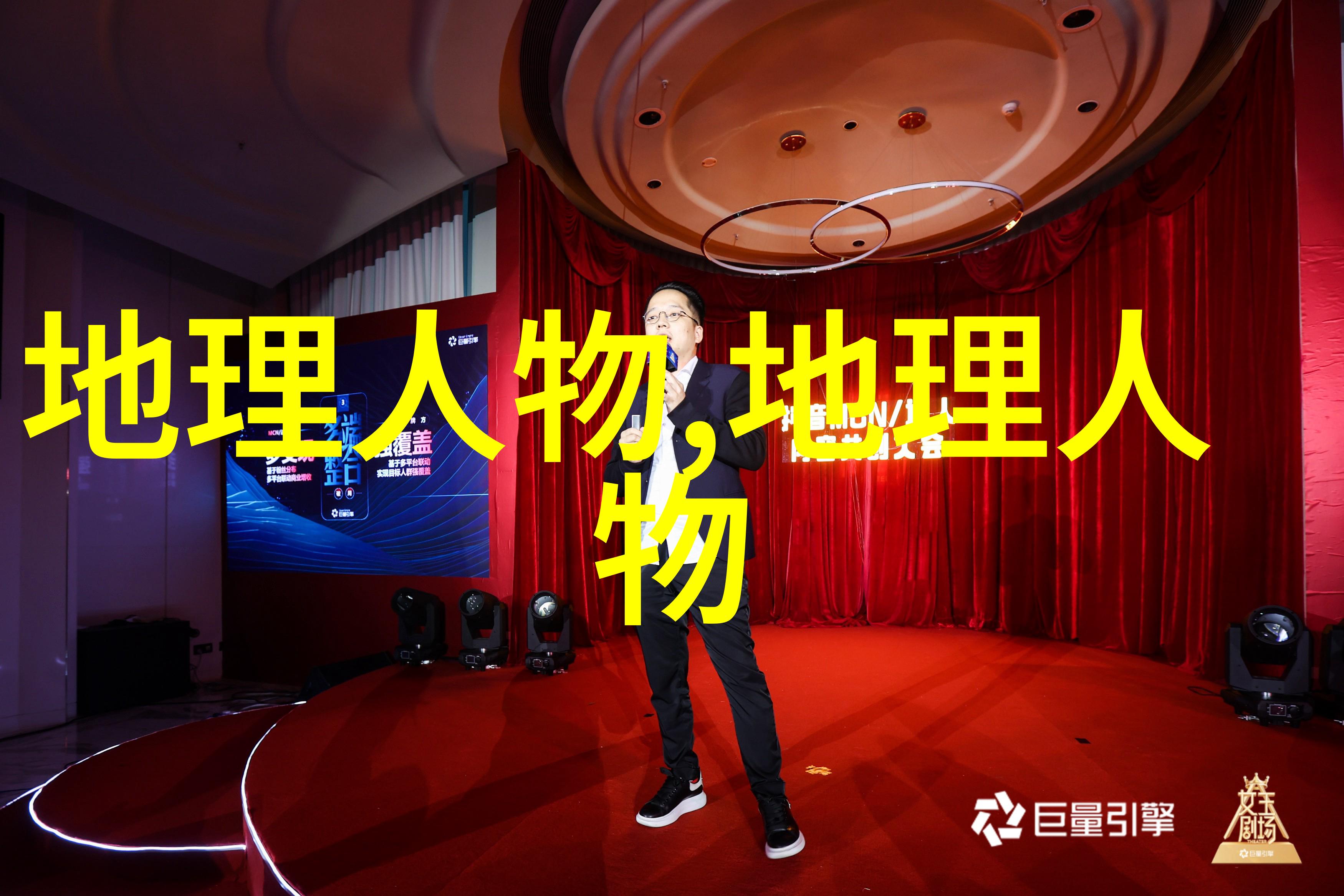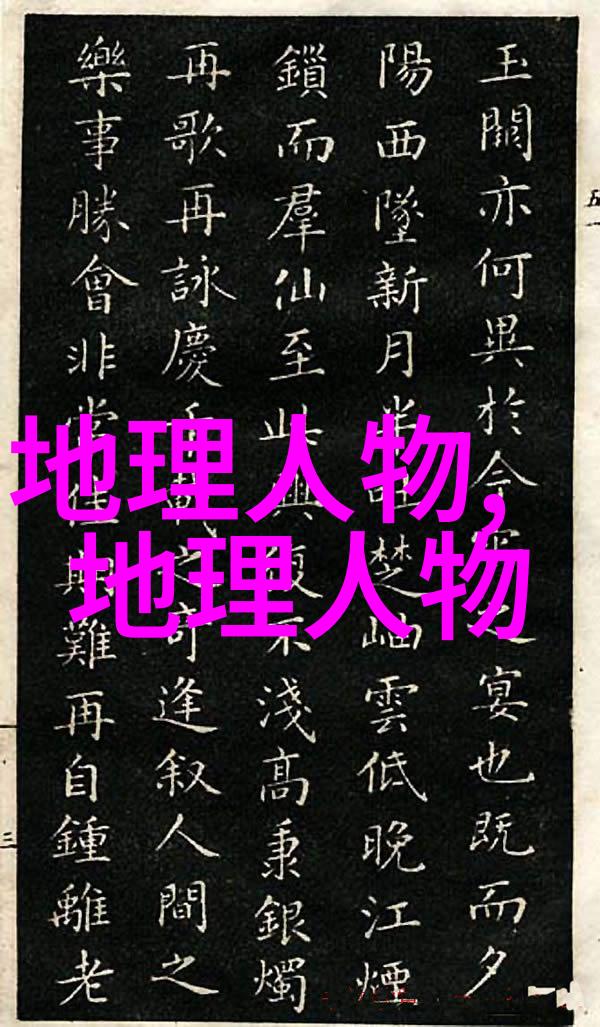在一个充满活力的工业时代,生产力和经济增长成为了衡量国家发展的重要指标。然而,这种快速的发展往往伴随着环境问题,其中最突出的就是工业废水排放问题。这一系列文章旨在探讨工业废水排放标准,以及这些标准背后的意义和挑战。

什么是工业废水?
Industrial waste water, also known as industrial effluent or wastewater, refers to the liquid by-products of various industrial processes. It can contain a wide range of contaminants such as heavy metals, organic compounds, and suspended solids.

为何需要制定工业废水排放标准?
The need for setting standards for industrial waste water discharge arises from several concerns:

Environmental protection: Industrial activities release harmful substances into the environment that can cause damage to ecosystems and human health.

Public health: Exposure to contaminated water bodies can lead to various health issues in humans and aquatic life.
Regulatory compliance: Establishing standards ensures that industries follow specific guidelines while discharging their waste products.

如何定义“安全线”?
The term "safety line" refers to the maximum limit beyond which an industry's waste discharge is deemed unacceptable or unsafe for the environment and public health. This threshold is determined by a combination of factors including environmental regulations, technological advancements, scientific research findings, and societal values.
工业废水排放标准的内容
These standards typically cover aspects such as:
Quality parameters: Set limits on concentrations of pollutants like BOD (biochemical oxygen demand), COD (chemical oxygen demand), TSS (total suspended solids), etc.
Treatment requirements: Outline necessary treatment processes before discharge into receiving waters
Monitoring protocols: Specify methods for regular monitoring of effluent quality
制定与实施过程
The process involves both government agencies and industries working together:
Government agencies establish legal frameworks with enforceable regulations; while industries must implement these guidelines in their operations through proper treatment systems
挑战与改进途径
Despite progress made in standard-setting efforts, there are challenges ahead:
Ongoing updates are needed due to evolving technology & new discoveries;
Industry needs investment & incentives for upgrading existing facilities;
Public awareness campaigns help promote responsible practices among stakeholders;
未来展望
In conclusion, establishing robust standards for industrial waste water is essential but requires continuous improvement through collaboration between governments & industries along with ongoing education initiatives at community levels.
8 结语:
Setting clear boundaries on what constitutes acceptable levels of pollution will help protect our planet’s resources while ensuring sustainable growth continues unimpeded
标签: 地理人物



